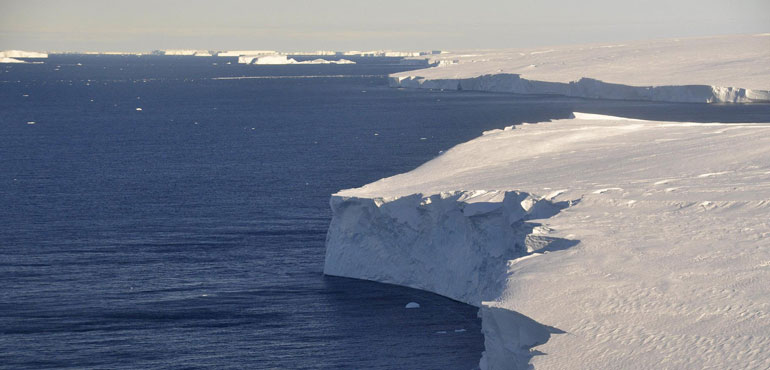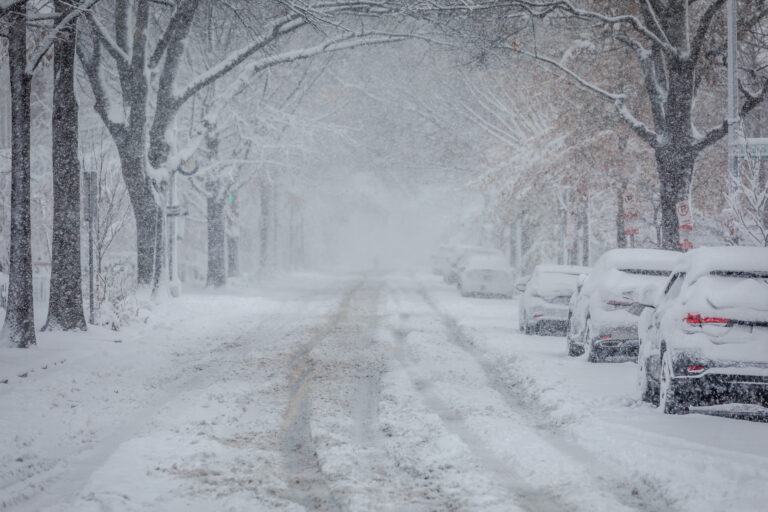Timing of the First Freeze Across the U.S.
Fall marks the season when much of the United States experiences its first freeze of the year. This event begins in higher elevations and the northern regions of the country in September and gradually extends southward through October and November. The timing of the first freeze can vary significantly based on geographic location and elevation. For instance, areas at higher altitudes and closer to the Canadian border tend to see their first 32-degree temperatures right around the start of fall.
Understanding the First Freeze
The “first freeze” refers to the initial occurrence of temperatures dropping to 32 degrees Fahrenheit or below during the colder months. This threshold is critical because it can cause damage to unprotected plants and vegetation, especially if the temperature remains at or below freezing for several hours. The onset of freezing temperatures can be particularly impactful for farmers and gardeners who need to prepare for potential damage to crops and plants.
Regional Variations
The exact timing of the first freeze varies by region. In the higher elevations of the West and near the Canadian border, the first 32-degree lows are often recorded before or around the official start of fall. By late October, many areas from the Northeast to the Midwest and even the northern parts of the South have experienced their first freeze. In the coastal mid-Atlantic and the Deep South, the first freeze generally occurs in November.
Frost vs. Hard Freeze
Frost, which can damage vegetation, may occur even when temperatures are slightly above freezing, typically between 33 and 36 degrees. This type of frost can lead to minor damage to plants. A more severe “hard freeze,” occurring at temperatures of 28 degrees or lower, can cause significant destruction to vegetation and is the more serious concern for gardeners and farmers.
Preparing for the First Freeze
Winterizing Your Home
To protect your home from the effects of the first freeze, it’s essential to winterize your property. Start by inspecting and insulating pipes to prevent them from freezing and bursting. Check your heating system to ensure it is functioning efficiently and consider having it serviced before the cold weather arrives. Seal any gaps or cracks in your home’s exterior to keep out drafts and conserve heat.
Garden and Plant Protection
In your garden, take steps to protect your plants from the impending cold. Cover sensitive plants with frost cloths or blankets to shield them from freezing temperatures. For outdoor gardens, mulch around plants to provide insulation and reduce the risk of frost damage. Additionally, consider bringing potted plants indoors or into a sheltered location to prevent them from freezing.
Emergency Preparations
Have an emergency kit ready for potential power outages that can occur with the first freeze. Include essentials such as non-perishable food, bottled water, batteries, and a flashlight. Keep important documents and medications in a safe, accessible place. Being prepared can help mitigate the impact of unexpected weather events and ensure you remain safe and comfortable throughout the colder months.
Understanding when to expect the first freeze and how to prepare for it can help minimize damage to your property and ensure a smooth transition into the colder season. By taking proactive measures to winterize your home and protect your garden, you can effectively manage the challenges presented by the first freeze.


